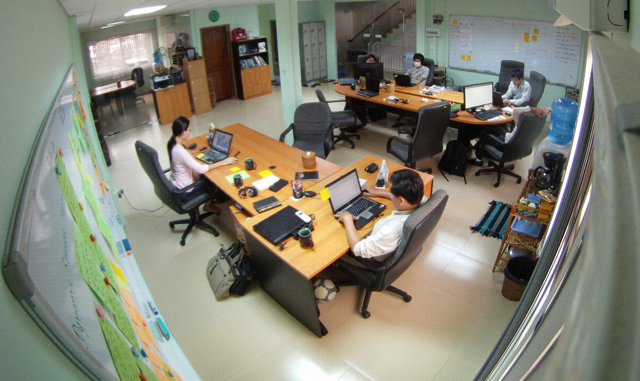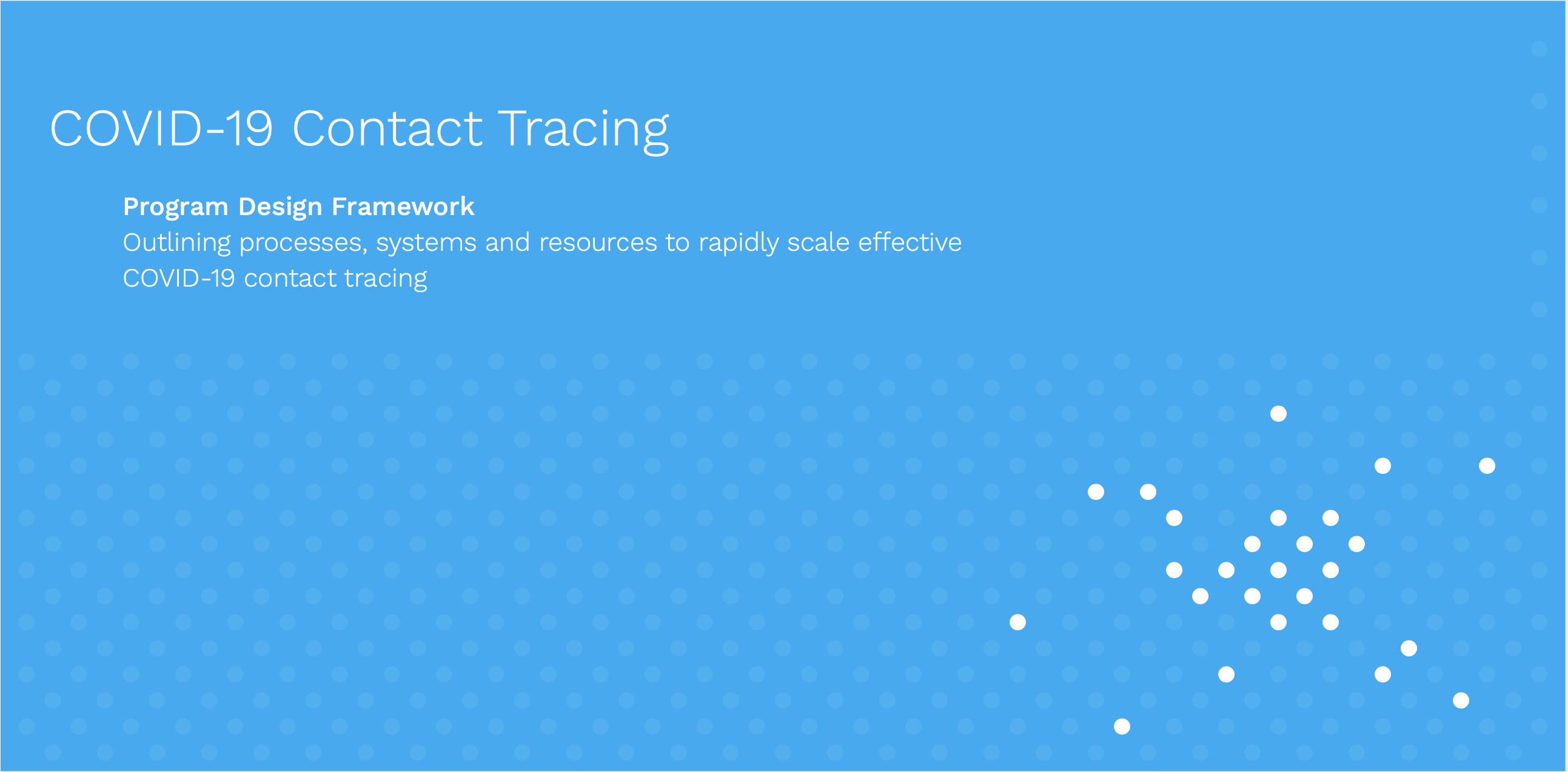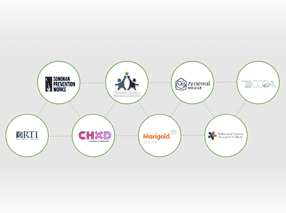For the last few years, CTO Eduardo Jezerski and his colleagues at InSTEDD have been working on a model for an innovation lab—an “iLab”—to build local tech capacity in developing countries to support projects with social impact. The first, in Phnom Penh, is now 100% Cambodian-run, producing tech solutions that not only address local needs—primarily focused on public health—but are so useful, they are being adopted elsewhere as well. Could Southeast Asia be the next Silicon Valley? A second iLab was launched a few months ago in Argentina, so perhaps it will be South America.
Recently, TrackerNews talked to Ed about iLabs, hackerspaces, BarCamps and creating the right circumstances for “virtuous circles” of good. (Article also available as a pdf).
1. TrackerNews: Let’s begin at the beginning with a some background. What was the spark for the iLab idea?
Eduardo Jezierski: The iLab as a concept came from a “melding of minds” across technology and social work. My background is in technology, while our CEO, Dr. Dennis Israelski, has dedicated his career to working on global public health issues, mostly in Africa and China. Although these two domains—technology design and public health—would seem to be quite different, we discovered they share quite a bit in common.
For both, it is important to constantly adapt to changing situations and to embrace iteration. It is a very different proposition from, say, building a car, where you’ve got a standardized set of processes to create a commodity product. Traditional post-industrial organizational styles and practices simply don’t apply. Our shared goal is to push the design frontiers in tech to improve health, safety and development in low-income settings—and to make sure the improvements are real and measurable and driven locally.
We began by defining the characteristics of projects that have had long-term impact:
- Open spaces , neutral “commons”
- Agile planning and strong field work
- Collaborative culture
- Local ownership
- Sustainability through concrete business plans
- A culture of designing for the end user, (which might be a patient)
We saw that the most innovative outcomes tended to draw from a combination of these elements. Clearly, our next step was to….






